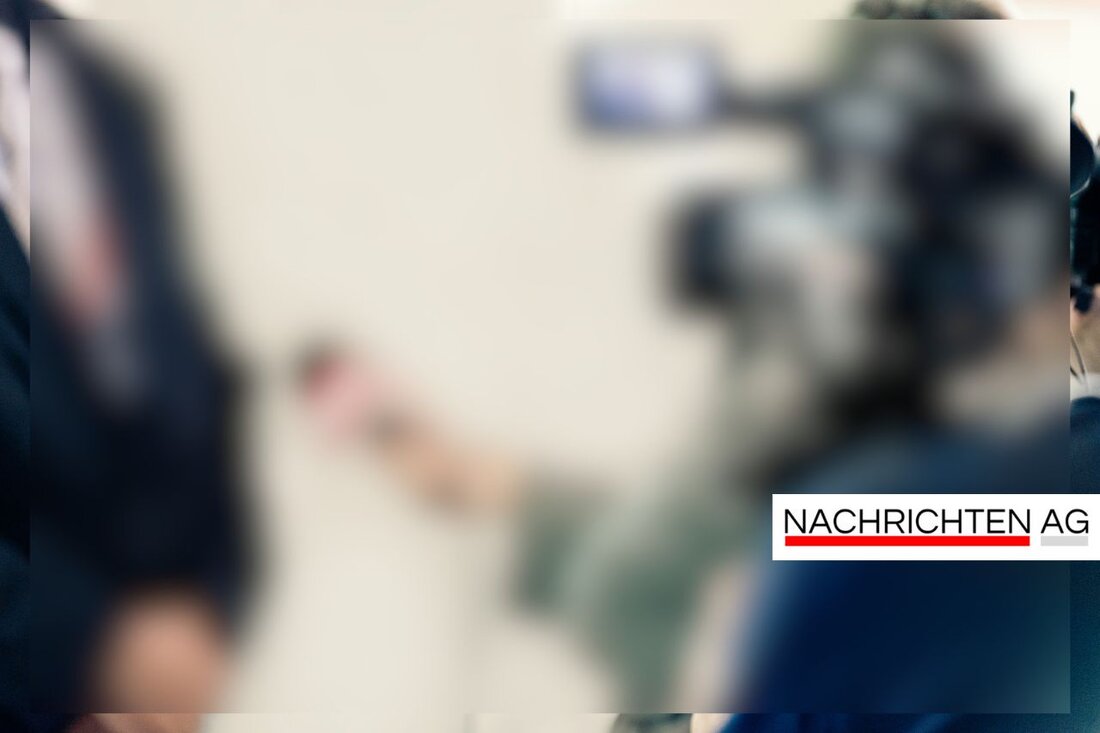Modern wedding banquet: Queere comedy combines cultures and hearts
Modern wedding banquet: Queere comedy combines cultures and hearts
In 1993angle delighted the audience with his love comedy "The Wedding Bankett", who told the story of a gay taiwaner who, from a family constraints, received a fake marriage to a chinese. This work, which was awarded the golden bear on the Berlinale, marked the beginning of the recognition of queer topics in the mainstream cinema. In recent years, many countries have passed to legalize same -sex marriages, which further opened the cinematic terrain. Now director Andrew Ahn, under the title "The Wedding Banquet", brings a remake of the classic to the screen that reflects the contemporary perspective of queer asian Americans.
In "The Wedding Banquet", which plays in Seattle, the history of the artist Min is told, who is entering a GreenCard deal with a lesbian couple, Angela and Lee. Creating this connection is necessary when Angela's second IVF attempt fails and mins visa runs. So there is a otherwise unconventional idea of a fake marriage, which, however, brings the characters into a emotional and humorous way with their cultural identities. Ahn, who is himself a son of Korean immigrants, emphasizes that it was important to him to send a message of hope and optimism to the queer community.
changes in the context of the LGBTQ+display
Andrew Ahn, who was inspired by Ang Lee's original film as a child, didn't want to create an easy remake. Instead, he sees his version as a reinterpretation of the topic that has taken into account the changes in the life of the LGBTQ+community since 1993. During the development of the film, Ahn was inspired by personal conversations with his friend about marriage and family questions. The use of several languages, including Korean, mandarin and English, also received special attention to reflect the diversity of Asian-American experience.
In terms of the cultural relevance of the film, music is an essential component. The soundtrack produces Asian and Queer artists from the northwest of Pacific, including the Linda Lindas and Chinese American Bear, and was carefully selected to fit the film thematically.
The challenge of stereotypes in representation
While "The Wedding Banquet" is celebrated for a modern approach to the queer representation, the challenge of avoiding stereotypes remains in the entire film and television industry. An anonymous member of the LGBTQIA+ Community expressed that many productions stated that they offer good representation, but actually often fall back on clichés. This can not only be observed in the cinema, but also in public law programs. There is often a difficulty to emphasize LGBTQIA+characters, with the ARD and ZDF being accused of using clichés in the few available representations.
A current example of this is the announcement of the ARD to produce a series with four gay main characters, but this is only broadcast in the media library and on the one. These decisions illustrate how important it is that the queer community is represented in real and multifaceted stories in order to overcome stereotypes and to show an authentic image of diversity.
"The Wedding Banquet" is currently in cinemas and offers a refreshing and honest perspective on queer relationships within the Asian-American community. The film uses humor and profound dialogues to address the challenges and joys of life and thus achieve a new generation of viewers.
For more information about the film and its background, you can read the articles from Kölner Stadt-Anzeiger, The Nerds of Color and Edit Magazin: Kölner Stadt-Anzeiger , The nerds of Color , Edit magazine .
| Details | |
|---|---|
| Ort | Seattle, USA |
| Quellen | |


Kommentare (0)